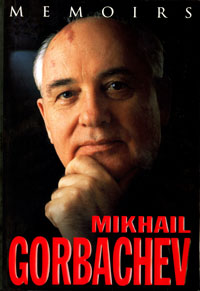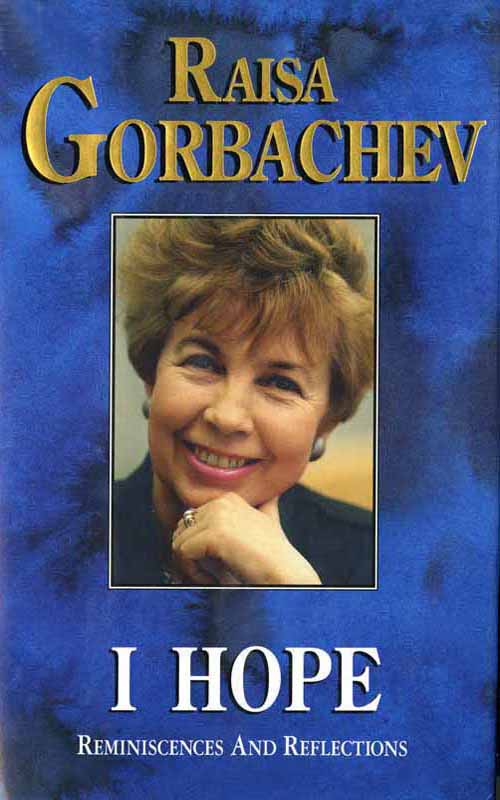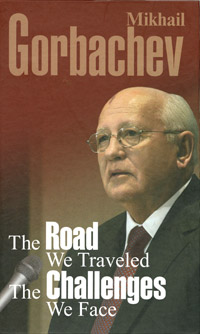6 November 2009
Archie Brown: It was events in Moscow in 1988 that led to the revolution of 1989
The growing freedom within the Soviet Union did much to raise expectations throughout eastern Europe, but the change in Soviet foreign policy was, however, the ultimate facilitator of all that happened in 1989.
At the 19th Communist Party Conference and again at the United Nations in December 1988, Mikhail Gorbachev declared that the people of every state had the right to decide for themselves what kind of system they wished to live in. This, he added, was a "universal principle", allowing no exceptions... The UN speech was consciously designed to be a "Fulton in reverse" – to bring to an end the division of Europe and the wider world which had been dramatised by Winston Churchill in his Iron Curtain speech at Fulton, Missouri, in March 1946.
This definitive rejection of the "Brezhnev doctrine", whereby the Soviet leadership had accorded itself the right to intervene in any Warsaw Pact country in order to "defend socialism", was, then, the decisive facilitating condition for regime-change in 1989. Important as Ronald Reagan was, and as indeed Pope John Paul II was (his triumphal return to his native Poland in 1979 was hugely important for the rise of Solidarity), neither Reagan's military power nor the Pope's moral authority could bring Communism down.
It was the occupants of the Kremlin, not those of the White House or Vatican, who had locked the doors to change in eastern Europe. It was they who held the keys that could open them.
In the course of 1989 the pace of change in eastern Europe was driven by a combination of massive popular discontent, emerging oppositional associations, remarkable individuals such as Lech Walesa and Václav Havel, and in at least the case of Hungary (especially in the person of Imre Pozsgay) by serious reformists within the Communist leadership.
In this anniversary year the pictures from 1989 tell an important part of the story, but far from all that matters. The key decisions that made the events of that year possible were taken not in 1989, but in 1988, and they were made not in Warsaw, Budapest, Berlin or Prague, but in Moscow.
The Independent // 16.10.2009




